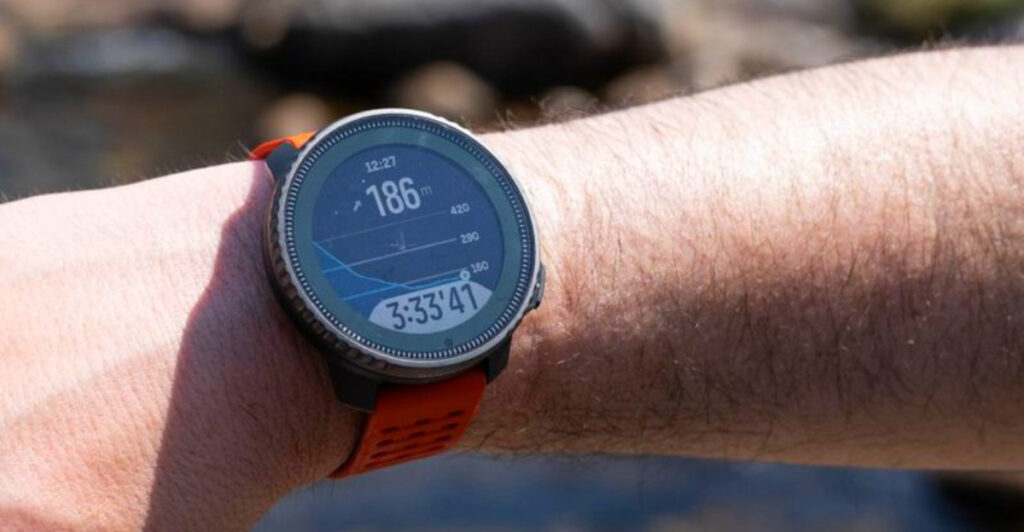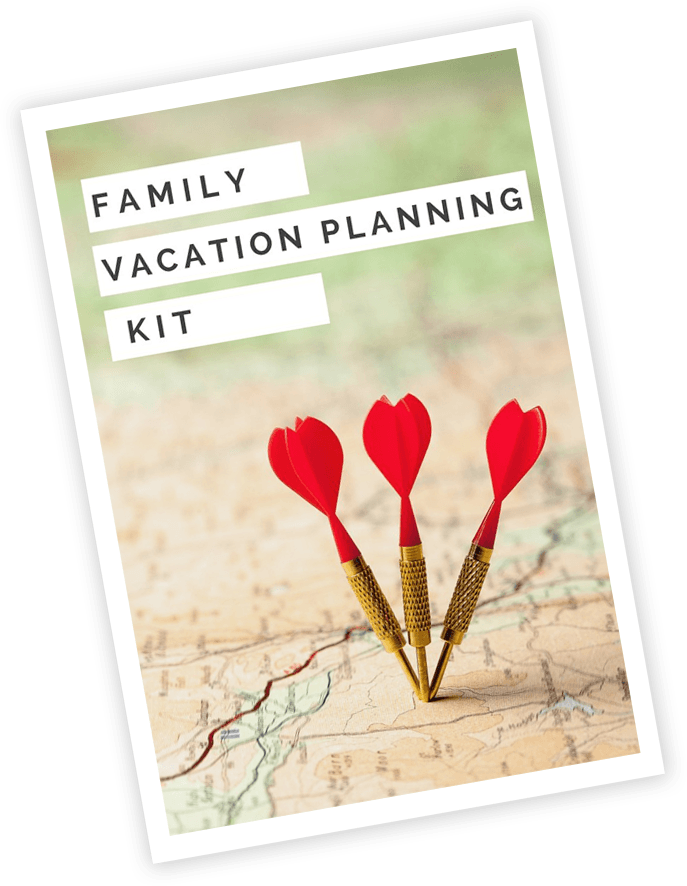Hiking takes you to beautiful places, but being prepared makes all the difference between a great adventure and a tough situation. The right pocket-sized gear can solve problems, keep you safe, and help you enjoy the trail more. These compact tools won’t weigh you down, but they pack serious value when you need them most.
1. Satellite Communicator for Off-Grid Safety
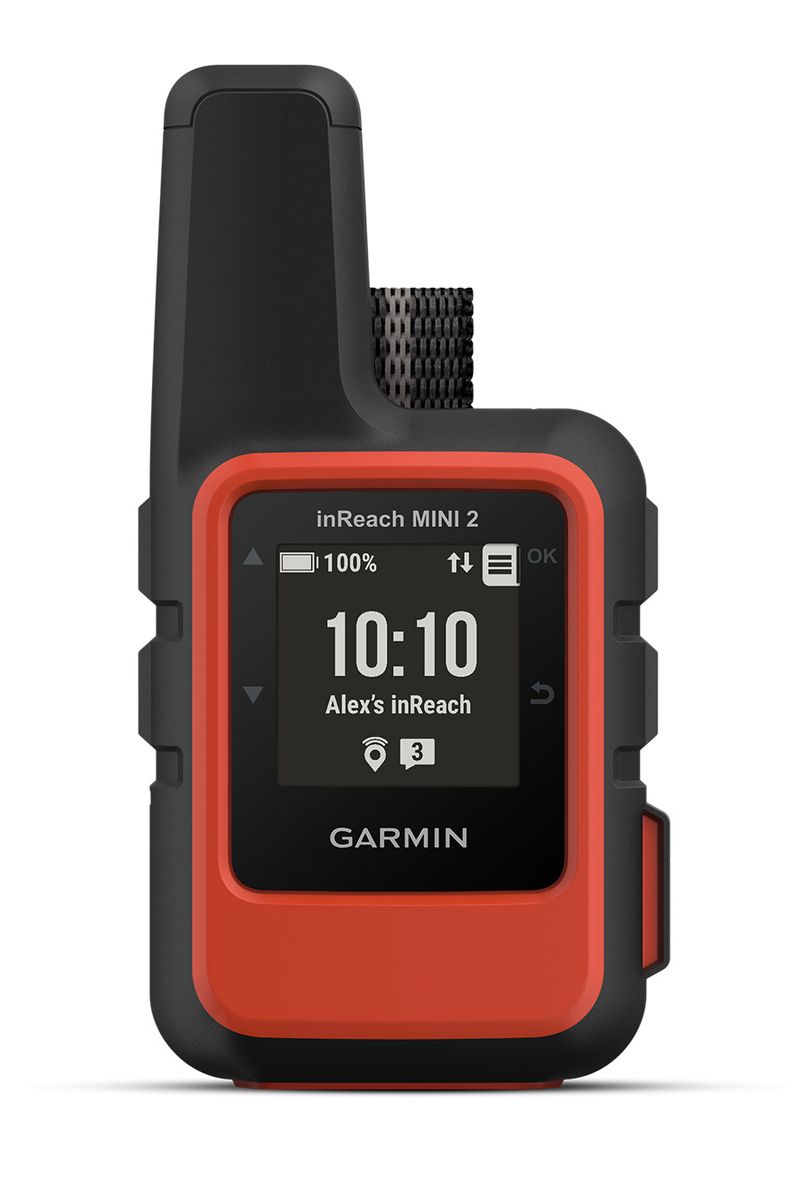
When cell towers disappear behind mountain ridges, a compact satellite communicator like the Garmin inReach Mini 2 becomes your lifeline. It sends two-way messages and emergency SOS signals through satellite networks that work anywhere on Earth. Guides who lead serious backcountry trips consider this essential gear.
Your smartphone might be smart, but it’s useless in remote terrain without signal. This gadget doesn’t rely on towers or Wi-Fi.
Clip it to your hip belt or an exterior strap where you can grab it quickly during an emergency. Keep it charged and test it before heading into the wilderness.
2. Compact Multi-Tool or Pocket Tool
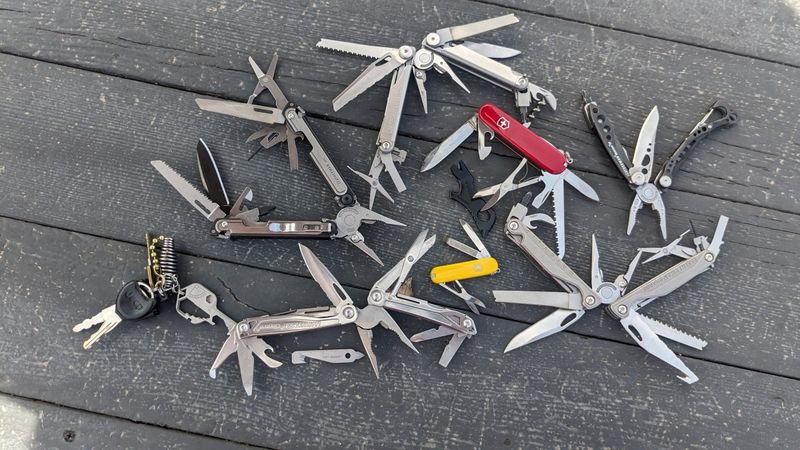
Picture this: you’re miles from the trailhead when a backpack buckle snaps or a tent pole needs adjustment. A lightweight multi-tool that fits in your pocket handles small repairs, food prep, and gear tweaks without adding bulk. Articles about everyday carry gear for hikers always emphasize this item.
It saves you from awkward moments when something breaks and help is hours away. Look for models under 100 grams that include tools you’ll actually use.
Skip the fancy extras you don’t need. Stick it on your pack strap or in an easy-access pocket so it’s there when problems pop up.
3. Compact Headlamp or Rechargeable Light
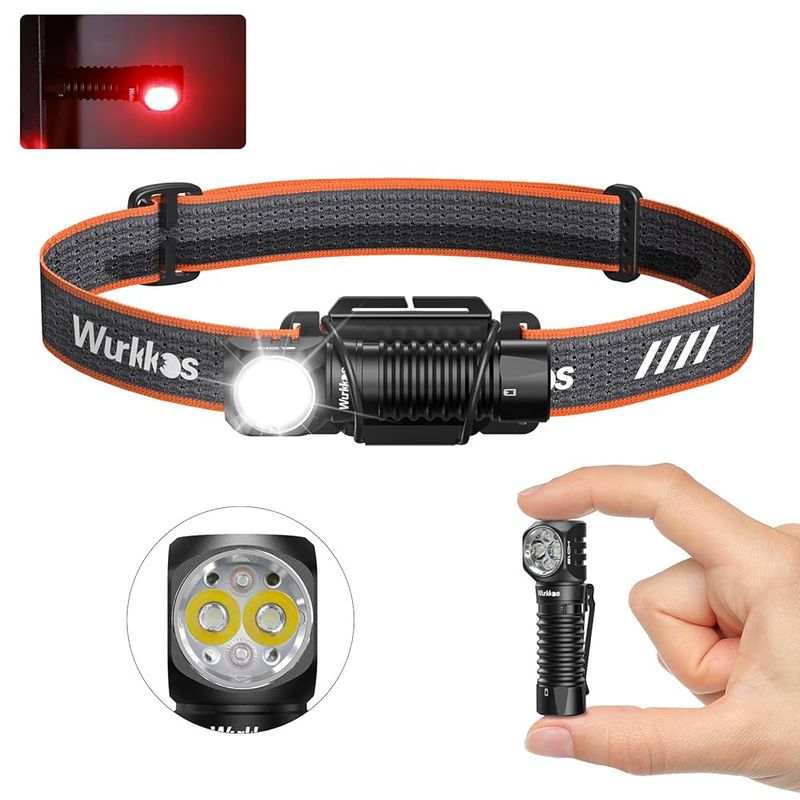
Even day-hikers sometimes return after sunset or need to set up camp in fading light. A compact headlamp keeps your hands free while navigating trails, adjusting gear, or cooking dinner. Reviews for cool hiking gadgets consistently list headlamps as must-haves.
Early morning starts, unexpected delays, and emergency situations all benefit from reliable light. Choose one with USB recharge capability so you’re not hunting for batteries on the trail.
Red-light mode helps preserve your night vision when you need to check a map without blinding yourself. Keep it in your pack’s top pocket for quick access.
4. Mini Water-Filter or Purifying Straw
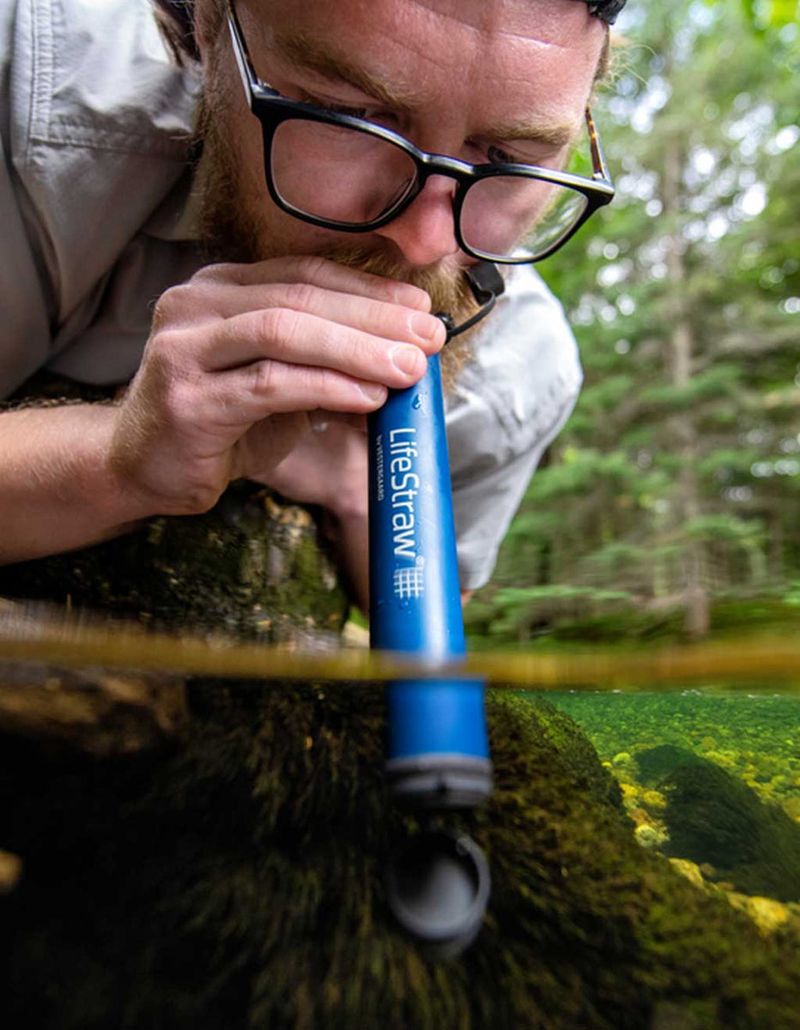
Trails don’t always have clean water sources when you need them most. A portable microfilter or purifying straw lets you safely drink from streams and lakes you encounter along the way. Gear guides highlight these lightweight filters as high-utility items that take up minimal space.
Staying hydrated is critical for hiking performance and safety. Clean water access prevents illness that could ruin your trip or create dangerous situations.
Store one in a side pocket where you can grab it quickly rather than burying it deep in your pack. Test it at home before your hike so you know how it works.
5. Mini Solar Charger / Power Bank
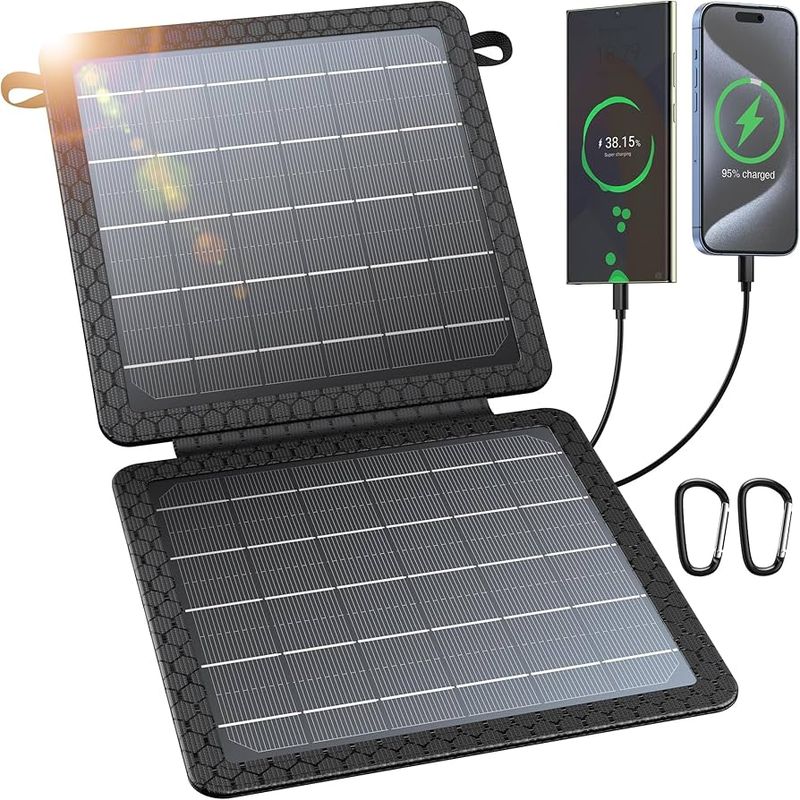
Your phone, GPS, and camera all need power, but outlets don’t exist on mountain trails. A small solar charger or rugged power bank appears in nearly every 2025 gadget round-up for outdoor enthusiasts. Dead electronics can leave you stranded without navigation or emergency contact ability.
Look for power banks around 10,000 mAh capacity or foldable solar panels that tuck inside your pack. Rugged, weatherproof models handle the bumps and moisture of trail life better than regular chargers.
Charge it fully before you leave home and top it off whenever possible. Attach solar panels to the outside of your pack while hiking to collect sunlight.
6. Emergency Whistle or Compact Survival Tool
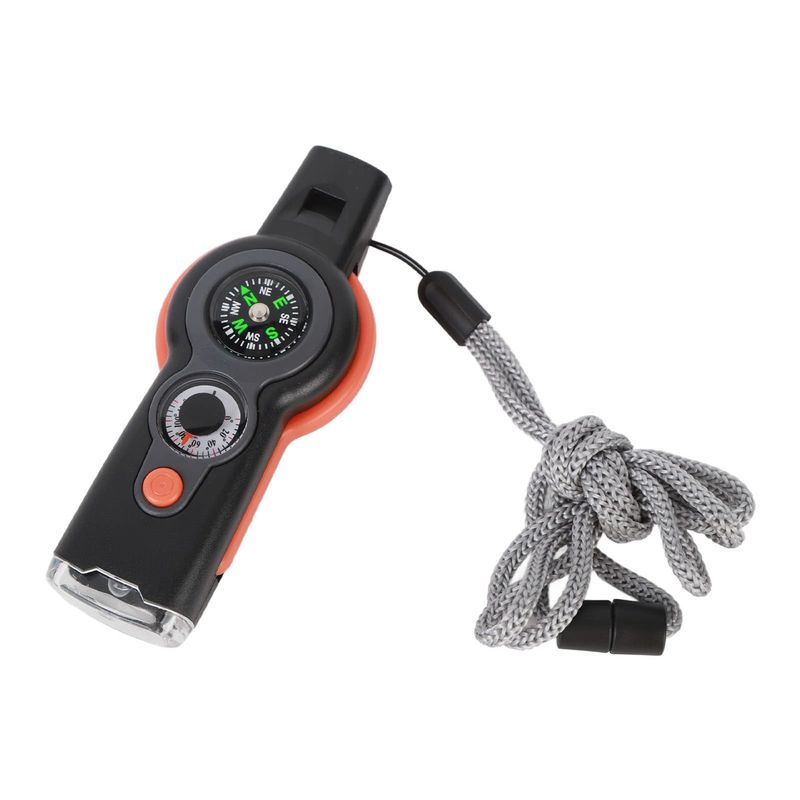
A loud emergency whistle or combined survival tool with firestarter, whistle, and signal mirror weighs almost nothing but delivers huge value. Many must-have gear lists include this tiny item because it can save your life. If you’re injured, lost, or separated from your group, a whistle carries much farther than shouting.
Your voice gives out after a few minutes of yelling. A whistle doesn’t.
Attach it to your chest strap or somewhere you can reach even if you’re injured and on the ground. Choose bright colors that rescuers can spot easily. Practice the universal distress signal: three short blasts.
7. Compact Compass / GPS Watch
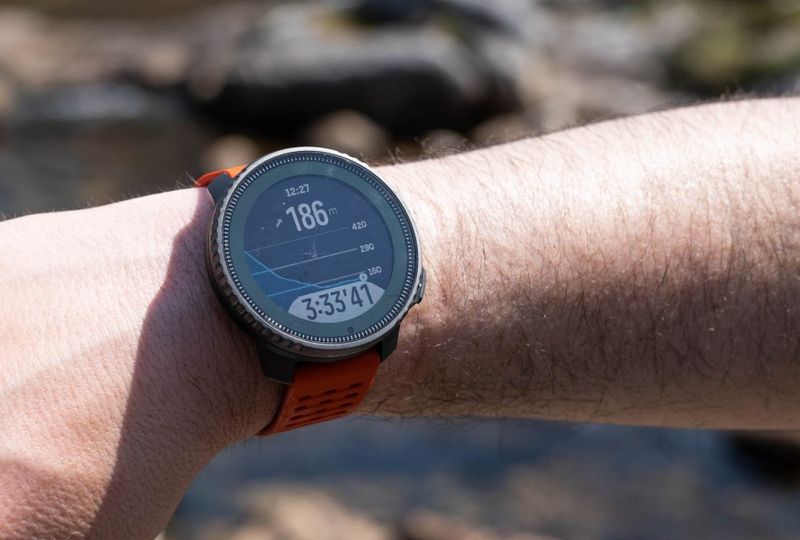
Smartphones have GPS, but they fail in bad weather, run out of battery, or break when dropped on rocks. Dedicated rugged GPS devices or compact compasses provide reliable navigation regardless of conditions. Tech-hiking guides discuss these tools as essential backups.
Getting lost turns a fun hike into a dangerous situation fast. Reliable navigation tools prevent that problem before it starts.
Learn how to use your device before you’re tired, stressed, or in bad weather. Practice at home and on easy trails. Keep backup batteries if your device needs them, and always carry a paper map as well.
8. Lightweight Emergency Blanket or Heat-Reflective Bivvy
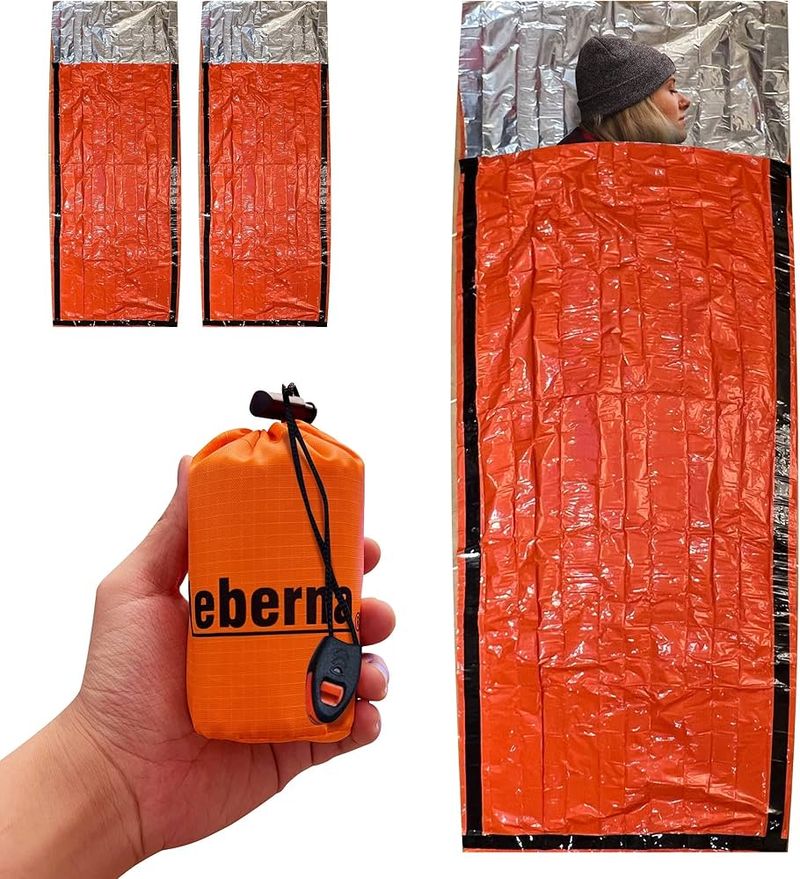
Small, lightweight heat-reflective blankets or bivvy sacks pack down to fist-size but provide vital warmth when things go wrong. Frequent gear lists mention these tiny lifesavers because unexpected cold, injury, or delayed return can expose you to hypothermia. Weather changes fast in the mountains, and what started as a warm day can turn dangerously cold.
Body heat is precious when you’re stuck outside overnight. These blankets reflect up to 90% of it back to you.
Keep one near the top of your pack, not buried where you’d struggle to reach it in an emergency. Check it occasionally for tears or holes.
9. Pocket-Sized First Aid / Repair Kit
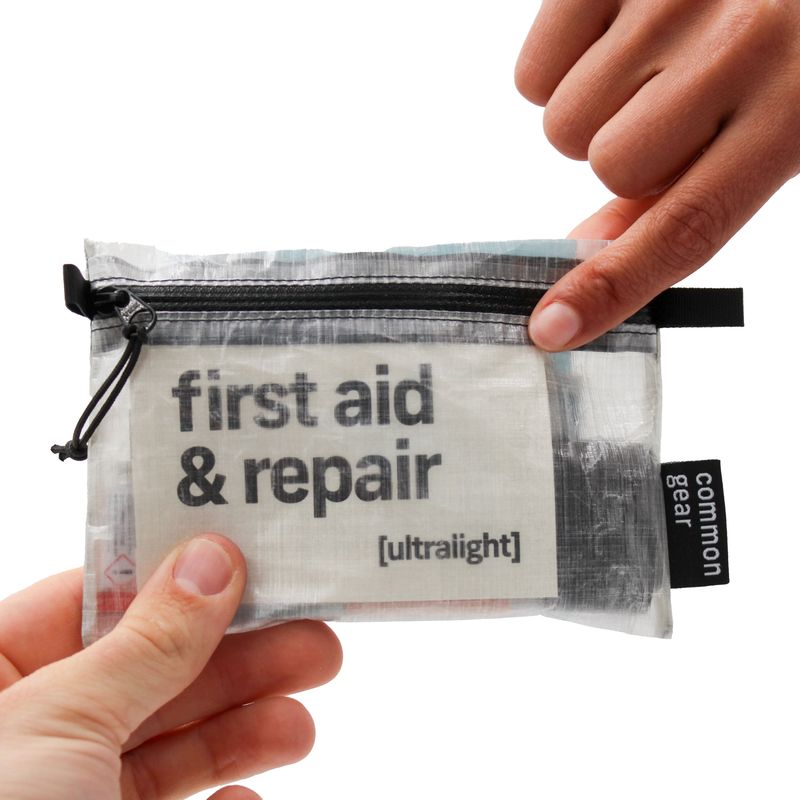
A tiny pouch with essentials—adhesive bandages, blister pads, gear-repair tape, safety pins, maybe a small knife—fits easily in any pack. Some gadget lists call it the mini-kit you can’t hike without because minor issues become major delays if untreated. Blisters, cuts, and broken gear happen on trails.
Being able to fix problems quickly keeps you moving safely. A blister treated early doesn’t become an infection. A torn strap repaired with tape doesn’t force you to carry gear awkwardly.
Refill and check your kit before each hike. Keep it in an accessible pocket, not buried deep. Customize it based on your specific needs and trip length.
10. Compact Trekking Pole or Collapsible Tool
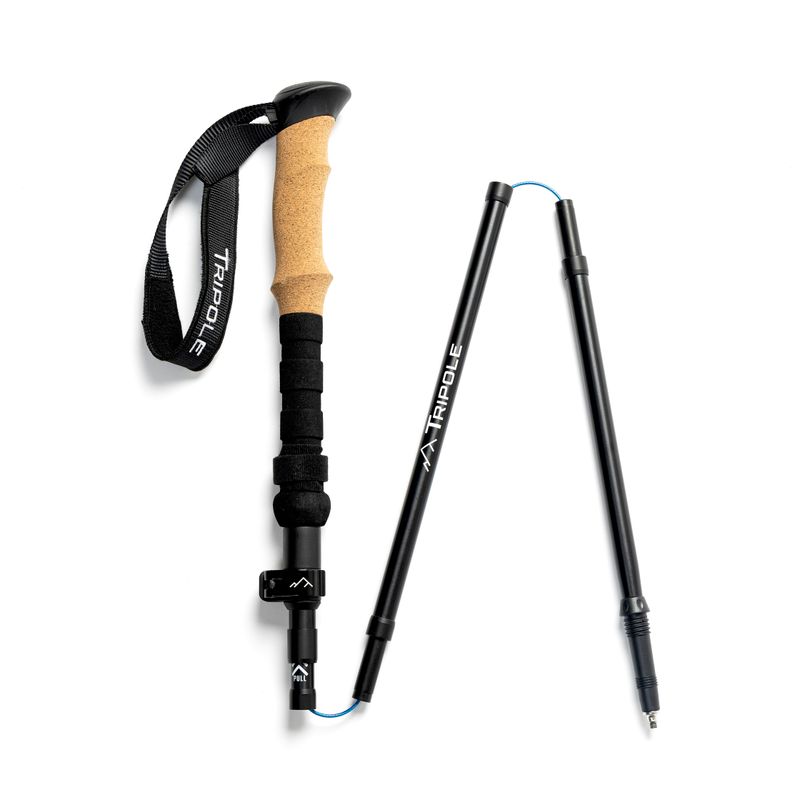
While trekking poles aren’t tiny, ultra-compact models fold small enough to stash in your pack until needed. These appear in gear reviews as gadgets that enable you to hike farther with less fatigue. Support on tough terrain increases safety and reduces strain on your knees, especially during descents.
Rocky trails, stream crossings, and steep slopes become easier with pole support. They help you maintain balance when carrying a heavy pack.
If you don’t want to carry full-size poles all the time, consider folding ones you can deploy when terrain gets challenging. Look for models with comfortable grips and adjustable lengths.

